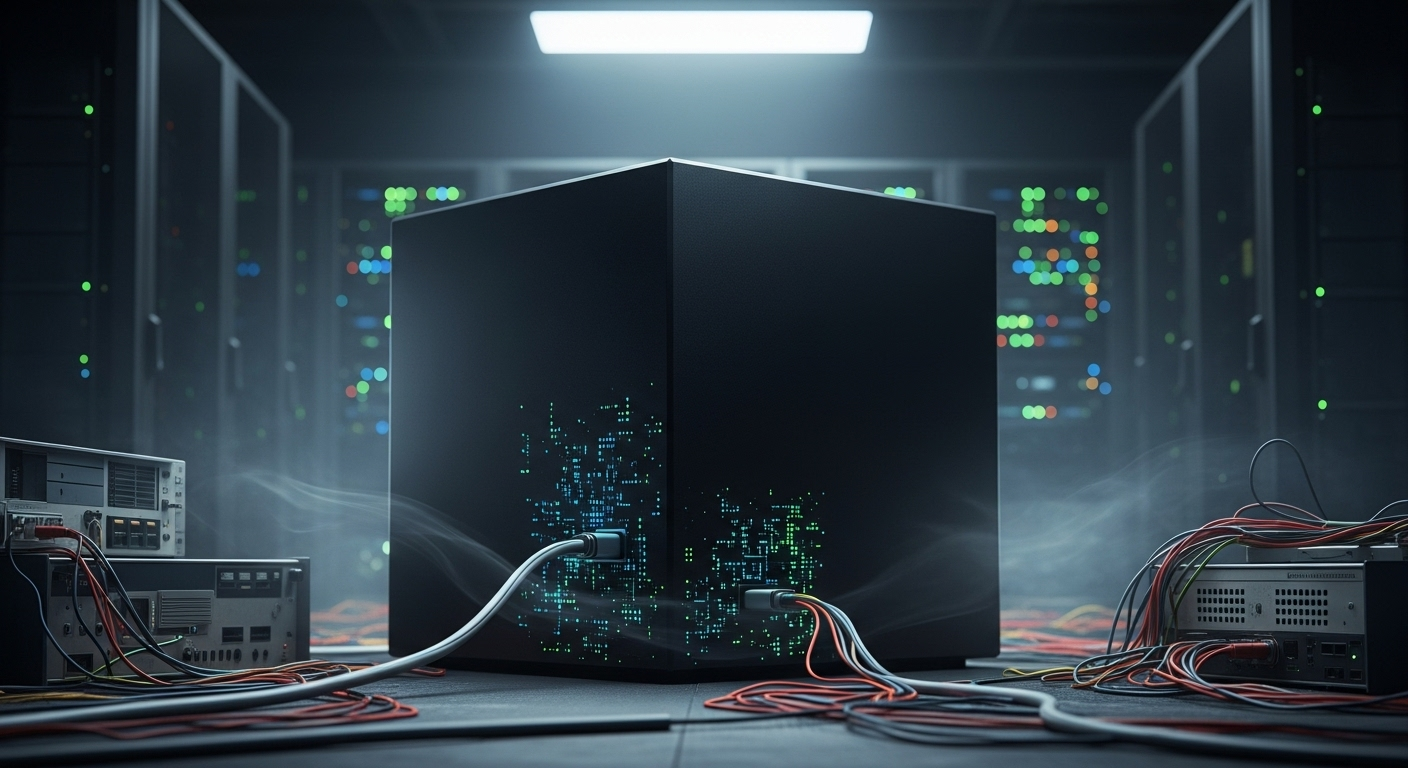What Is Legacy Software?
Legacy software isn’t just “old code”, it is defined by three key traits:
- Age and Obsolescence: Typically 10 years or older, these systems were once industry standards but lack modern support (e.g., COBOL, Fortran).
- Scarce Expertise: Young professionals aren’t learning these languages, and open-source communities no longer sustain them. New developers often need corporate training to work with them.
- Outdated Alternatives: Newer tools, such as Python or cloud-native platforms, offer better efficiency, scalability, and community support.
So, why does this matter? Businesses that run our world still rely on legacy software.
- Financial systems ranging from stock exchanges to ATMs still heavily rely on legacy software. CNN reports that 43% of banking systems are built on COBOL, while 95% of ATM transactions depend on the language (CNN).
- Meta (Facebook) still relies on PHP for parts of its backend, despite creating a derivative language (Hack) to optimize it (Meta Engineering Blog).
- Without developers to maintain them, institutions face mounting technical debt.
Why Legacy Software Becomes a “Black Box”?
A “black box” system is one where inputs and outputs are understood, but the inner workings are opaque. Here’s how legacy software earns that label:
- Brain Drain: Original architects retire, taking institutional knowledge with them. New hires lack documentation or training to navigate the system holistically.
- Partial Knowledge: As a result, new developers only interact with parts of the system when fixing urgent issues, leaving the complete architecture unexplored.
- Patchwork Solutions: These Band-Aid fixes accumulate, making the system more fragile and even harder to decipher over time.
Where Is Legacy Software So Risky?
Paradoxically, legacy software remains most common in the areas where it is also the most risky:
- Finance: Core banking systems (e.g., IBM mainframes) and stock exchanges still run on COBOL. Reliance on these aging systems increases outage risks, particularly as their creators retire from the workforce.
- Healthcare: Patient records and insurance claims often rely on outdated systems that are vulnerable to breaches. This problem even extends to medical devices themselves, with a House Committee recently hearing cybersecurity concerns regarding legacy medical devices (The HIPAA Journal).
- Government: Many critical government systems still employ legacy software. For example, 231 of the IT systems used by the IRS are legacy systems (TaxPayerAdvocate.gov).
The stakes: Beyond inefficiency, legacy systems are prone to security flaws, compliance failures, and catastrophic outages.
Can AI Help Modernize Legacy Systems?
Yes – but with caveats.
Generative AI is already automating documentation and code translation for major companies. This year, Morgan Stanley announced that it would utilize AI to help document and modernize its legacy systems (Wall Street Journal).
Generative AI is a powerful tool that can refactor code, but it’s not foolproof and can be risky because of:
- Hallucinations: AI might invent non-existent scenarios or modify existing scenarios in its logic.
- Edge-case failures: Critical scenarios (i.e., high-volume transactions) can be overlooked.
- Overcomplication: AI-generated code may be needlessly verbose or inefficient, making it unmaintainable in the future.
At its core, generative AI is a non-deterministic algorithm that will invariably cause some problems when you’re looking for a deterministic solution like a modernized legacy system.
Should You Ever Leave Legacy Systems Alone?
Here are some guidelines on how to react in different situations:
- Leave it if:
- The system is currently functional, but will eventually be entirely replaced by newer technologies.
- In this case, it’s better to wait for a full replacement rather than spend money rehabilitating something that’s already on its way out.
- Modernize if:
- Your core business functions won’t change in the next 20-30 years. In such situations, modernization is critical to ensure the long-term stability of the system.
With the power of AI now more than ever, it is time for companies to bring their software up to speed, which they can do more quickly and cheaply than ever before.
Need help with Modernization?
Kathalyst has developed a highly reliable and risk-free methodology for effectively modernizing legacy software systems. Our approach is designed not only to ensure a smooth transition but also to enhance the overall performance and functionality of your existing software. If you’re interested in exploring our services further and discussing how we can assist you with your modernization needs, please do not hesitate to reach out to our dedicated team at anushka@kathalyst.ai.


